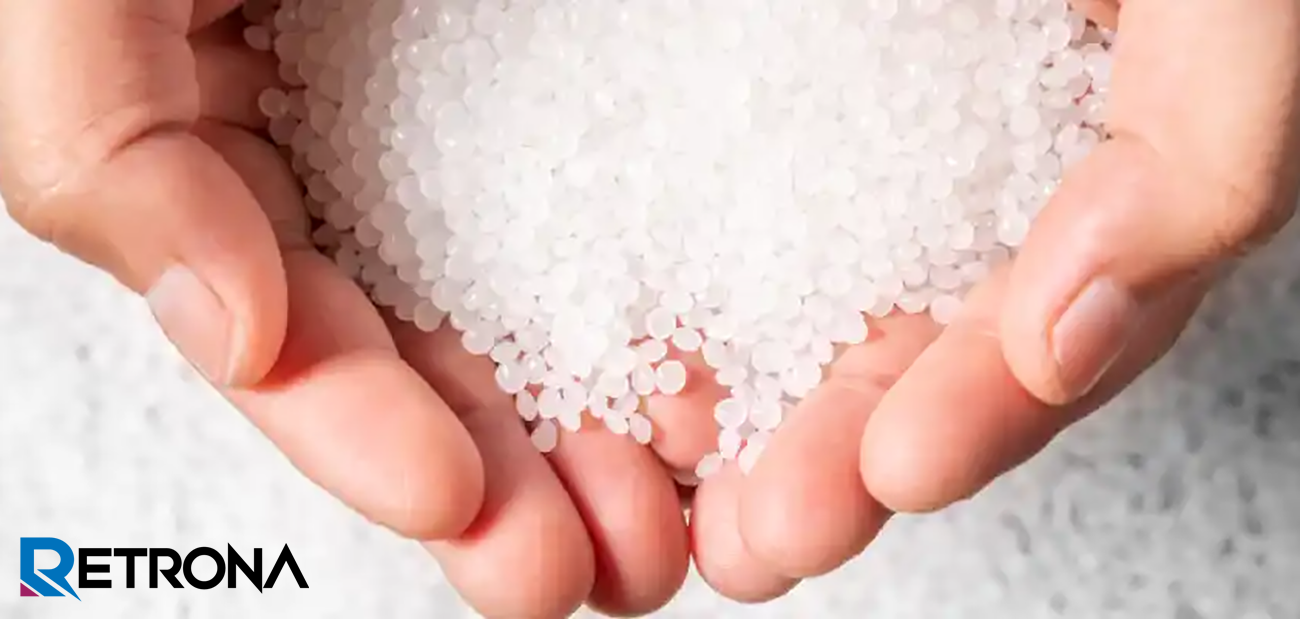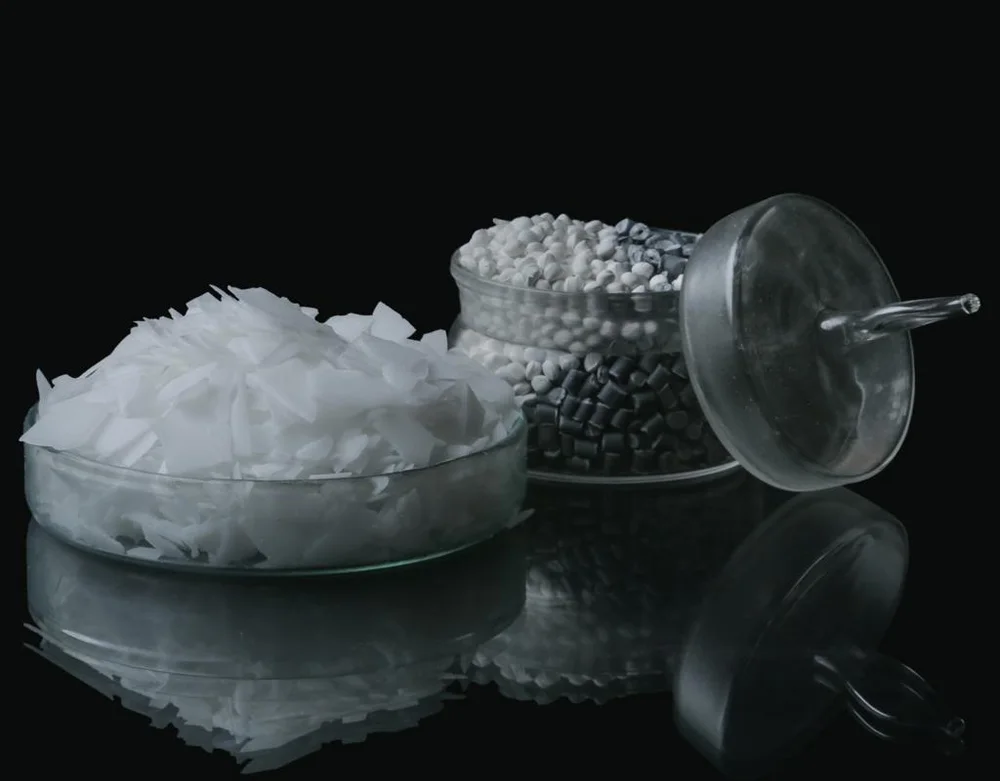Applications of Polyethylene (PE) Wax Across Industries

Polyethylene wax, commonly known as PE wax, is a versatile material widely used as an additive in various industries. With its unique properties—such as high melting point, chemical resistance, lubrication, and excellent thermal stability—PE wax has become an essential ingredient in manufacturing processes and product formulations. Its applications range from plastics and coatings to adhesives, textiles, and even cosmetics, making it one of the most valuable specialty waxes in the global market.
PE Wax in the Plastics Industry
The plastics industry is one of the largest consumers of PE wax. It is primarily used as a lubricant and processing aid in the production of PVC, PP, and PE products. By reducing friction and improving mold release, PE wax enhances production efficiency and ensures smoother surfaces in finished goods. Another important role of PE wax is as a dispersing agent for pigments and fillers, which helps improve color uniformity and surface gloss. Additionally, its use minimizes internal stress during processing, which leads to stronger, more durable plastic products.
Role of PE Wax in Paints and Coatings
PE wax is highly valued in the paints and coatings industry for its ability to improve product durability and surface quality. When incorporated into formulations, it enhances scratch resistance, abrasion resistance, and water repellency. It also works as a matting agent, helping manufacturers adjust the gloss level of coatings to achieve the desired finish. With its excellent dispersion properties, PE wax ensures even pigment distribution, which contributes to consistent color and overall product performance.

Applications in Printing Inks
In the printing ink sector, PE wax plays a critical role in improving both the appearance and durability of printed materials. Its anti-blocking properties prevent ink layers from sticking together during printing and storage. It also enhances rub resistance, making prints more durable and smudge-proof. Moreover, PE wax helps in controlling gloss levels, allowing printers to achieve high-quality visual effects that match customer requirements.
Importance in Adhesives and Hot-Melt Systems
The adhesives industry also relies heavily on polyethylene wax, especially in hot-melt adhesive formulations. PE wax helps regulate viscosity, ensuring better flow and easier application during manufacturing. Its thermal stability prevents adhesives from degrading at high temperatures, while also improving bonding strength and flexibility. This makes it particularly useful in packaging, bookbinding, and woodworking industries where hot-melt adhesives are widely used.
Use of PE Wax in the Rubber Industry
In the rubber sector, PE wax serves as a processing aid that reduces internal friction during compounding. This results in smoother extrusion and molding processes, which enhance productivity. It also acts as a protective barrier, providing resistance to ozone and environmental stress that can damage rubber products over time. Furthermore, PE wax ensures better dispersion of fillers such as carbon black, leading to stronger and more uniform rubber goods.
Applications in Textiles and Leather
The textile and leather industries also benefit from the unique properties of polyethylene wax. In textile finishing, it improves softness, flexibility, and water repellency, while in leather finishing it adds shine and enhances durability. By modifying the surface, PE wax contributes to improved appearance and longer-lasting performance of fabrics and leather products.
Role in Candles, Polishes, and Cosmetics
Beyond industrial applications, PE wax is also used in candles, polishes, and personal care products. In candles, it enhances hardness and burning stability, while in polishes it provides gloss, scratch resistance, and protective properties. The cosmetics industry incorporates PE wax into creams, lipsticks, and lotions as a thickening agent, texture enhancer, and stabilizer, giving products a smooth and long-lasting finish.

